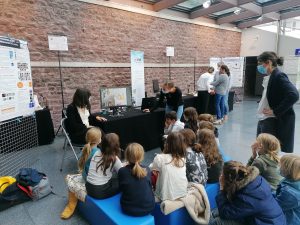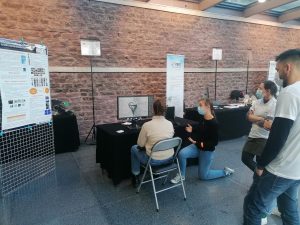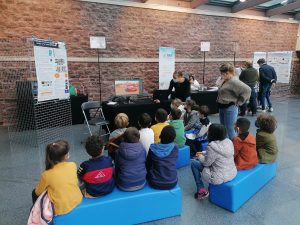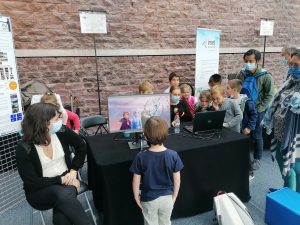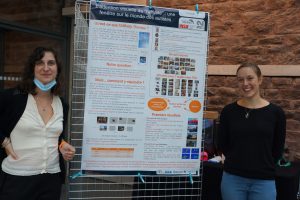2021 & 2022
Internship within two hospitals : clinical learnings about the specificity of the autistic objects.
Over the year, we went to two different hospitals in order to learn more about autistic affinities.
- The first hospital welcomes autistic and non-autistic adults. We went there punctually, for clinical interviews with patients who have strong specific interests and for whom a diagnosis of ASD was suspected. These meetings have allowed us to specify what are the characteristics of the affinity, as the interest of the autistic person. In other words, not any interest consists in an autistic affinity. The affinity requires some proper characteristics. We may count five of them : affinity allows the autistic person to connect his/her body ; it bonds to other people ; it has to be in motion (not static) ; it tends to be unequivocal ; it has to separate the different components of the world to allow to master it.
- The second hospital welcomes children from 3 to 7 years old. We got clinical data that helped us to build our experimental protocol, adapted to the daily life of young people, as we learnt that : ASD children, even very young, may be violent (for themselves, above all) ; also, they withdraw gaze and voice very early ; the affinity helps with body relaxing ; it arises gaze and voice ; yet, it has to get more and more complex to continue being used. To sum up, affinity appears as connected to the body of the autistic person : it seems to be a part of this body, as a supplementary organ.
2021
Working group “Visual attention of the “affinity”: a window up to the world of ASD people” during the Fête de la Science 2021 programed by the Ministère de l’Enseignement supérieur, de la Recherche et de l’Innovation, that holds for the 30th occasion of the Fête de la science organised (in Ille-et-Vilaine) and coordinated (in Bretagne) by l’Espace des sciences, Les Champs Libres, Rennes, October the 6th and 7th 2021.
We have presented our work in progress and its preliminary results to a wide audience: school groups (from 6 to 12 years old), scientists from other fields, medical and educative professionnels, people with autism, parents of children with autism.
Activity was divided into four parts:
- we have presented what is autism and how important is the affinity to work with the autistic mind.
- we have described our working group with psychologists and computer engineers who investigate how people with autism look at their affinity.
- we have made an eye-tracking experiment with two people from the audience.
- we have analyzed and compared saliency maps taken from this experiment.
We have tried to raise awareness of the topic of autism and of the science method that our project uses. The eye-tracking experiment we made with the audience has allowed, especially young people, to get familiar with the material handling it. We had proposed a set of images including both, neutral images and pictures of common interests for children. Then, we quickly became “the Frozen stand”.
Data collected has not been kept and will not be used for future analyses.
Here are a few pictures of the stand:

